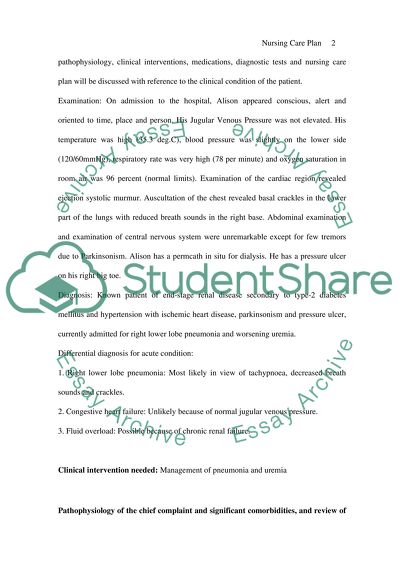Cite this document
(“Patient Care Plan Essay Example | Topics and Well Written Essays - 2750 words”, n.d.)
Retrieved from https://studentshare.org/miscellaneous/1566370-patient-care-plan
Retrieved from https://studentshare.org/miscellaneous/1566370-patient-care-plan
(Patient Care Plan Essay Example | Topics and Well Written Essays - 2750 Words)
https://studentshare.org/miscellaneous/1566370-patient-care-plan.
https://studentshare.org/miscellaneous/1566370-patient-care-plan.
“Patient Care Plan Essay Example | Topics and Well Written Essays - 2750 Words”, n.d. https://studentshare.org/miscellaneous/1566370-patient-care-plan.


